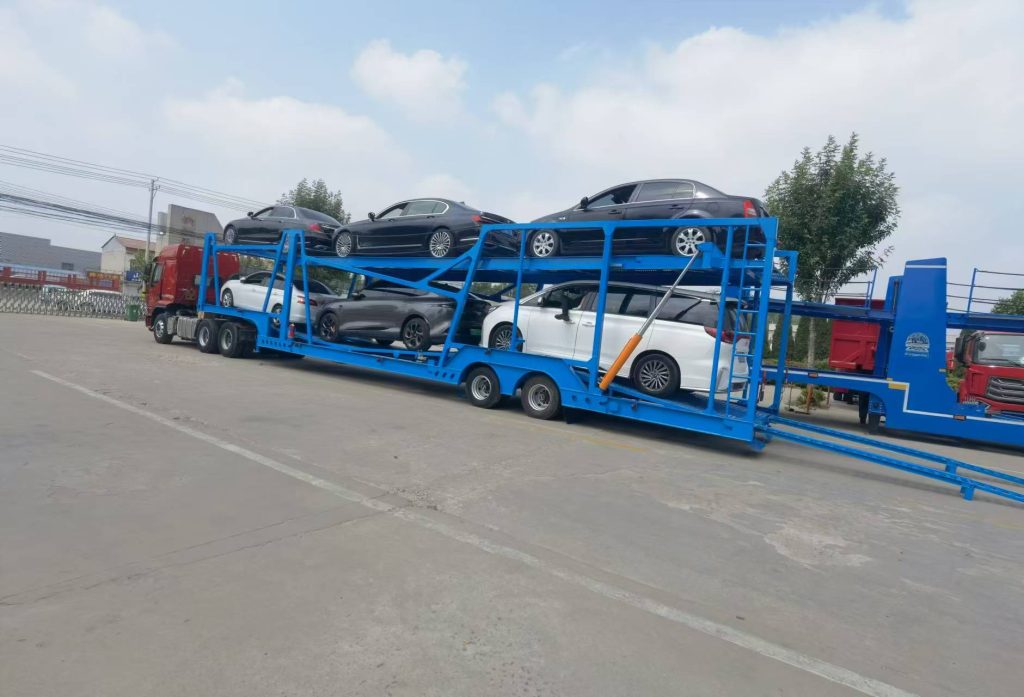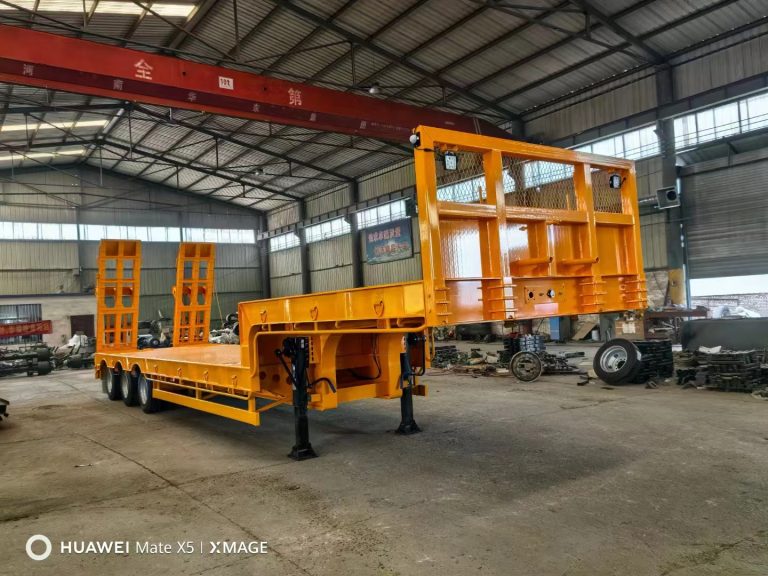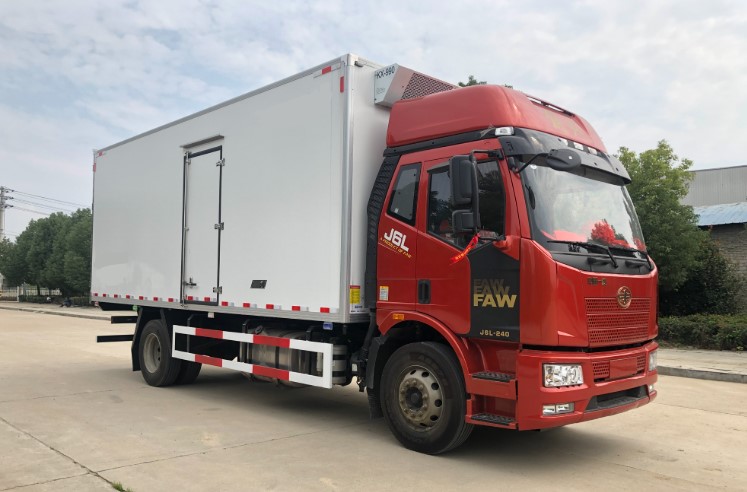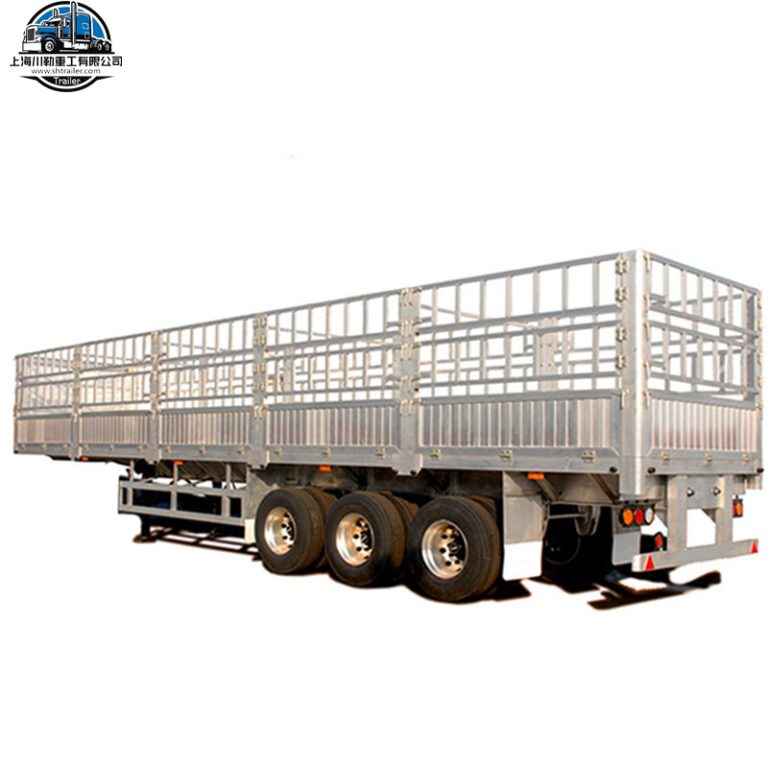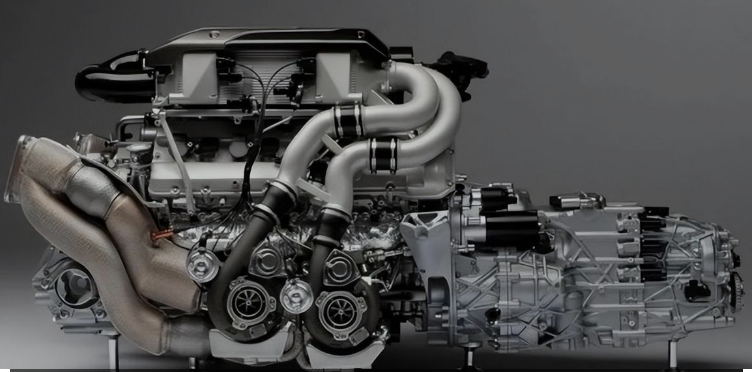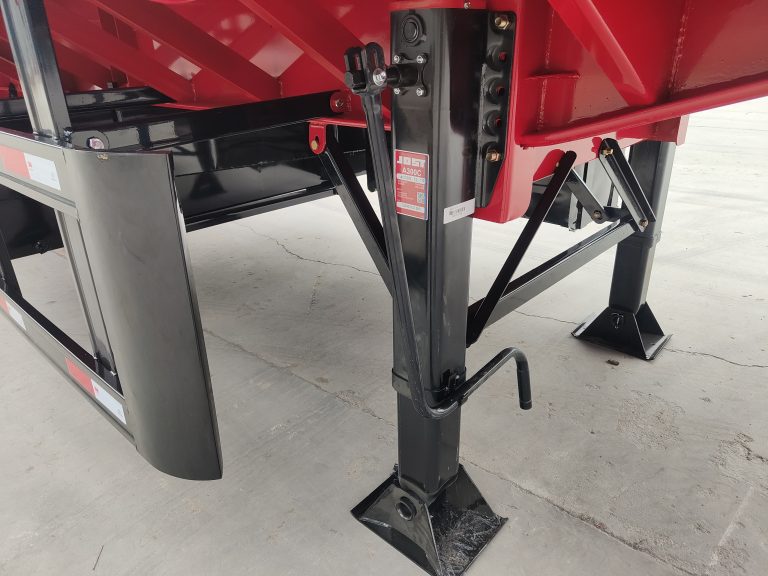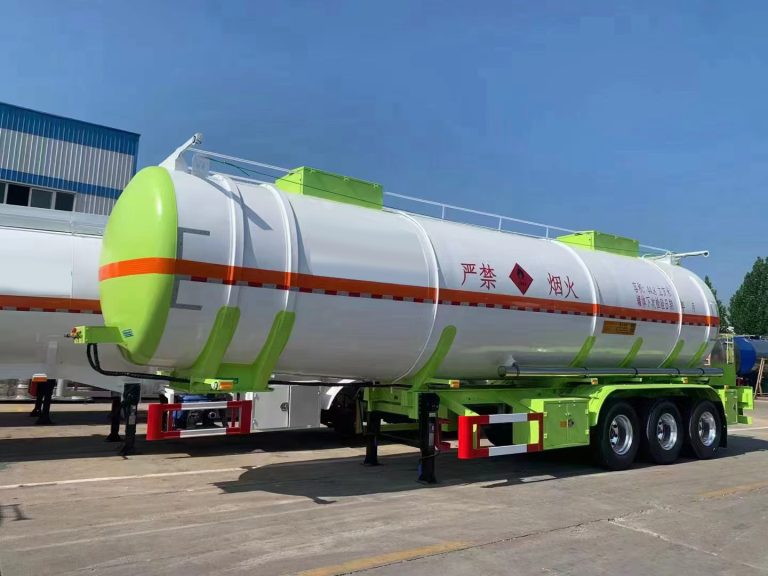1.Limitation and fastening of commodity vehicles
After loading the vehicle and driving before the vehicle transporter drives, the loaded commodity vehicle must be limited and fastened to avoid the vehicle jumping during driving and ensure the safety of the vehicle during driving. There are two ways to fix the vehicle: one is the wheel fixing method and the other is the frame fixing method.
The wheel fixing method uses a car tire limiter and a car tire tightener to clamp the tire to prevent the commodity vehicle from moving forward and backward. The limiter is a standard steel pipe structure, and the lower hook falls on the two adjacent holes of the perforated plate. The plate limiter is optional. The frame fixing method is to fix the frame of the commodity vehicle and the frame of the Car Transporter together to prevent the suspension device of the commodity vehicle from jumping up and down. This fixing method is used when the gap between the top of the commodity vehicle and the upper chassis or roof is too small, and the user can implement it according to needs.
Standard configuration: For car carriers with a total length of ≥ 15m, 32 car tire limiters and 32 car tire tighteners; for car carriers with a total length of <15m, 24 car tire limiters and 24 car tire tighteners.
2.Hand chain hoist
The hand chain hoist is used to lift the upper chassis. The standard configuration is 1t, 2 pieces. For vehicles with full hydraulic lifting, hand chain hoists are not equipped.
3.Wheel hub cooling device
The standard configuration does not include wheel hub cooling device (although the actual vehicle is equipped with a water tank). If required, it must be indicated in the contract.
4.Spare tire rack
The spare tire rack adopts a door structure. That is, two bolts are used to fix the spare tire on the door. 2 door-type spare tire racks are standard.
